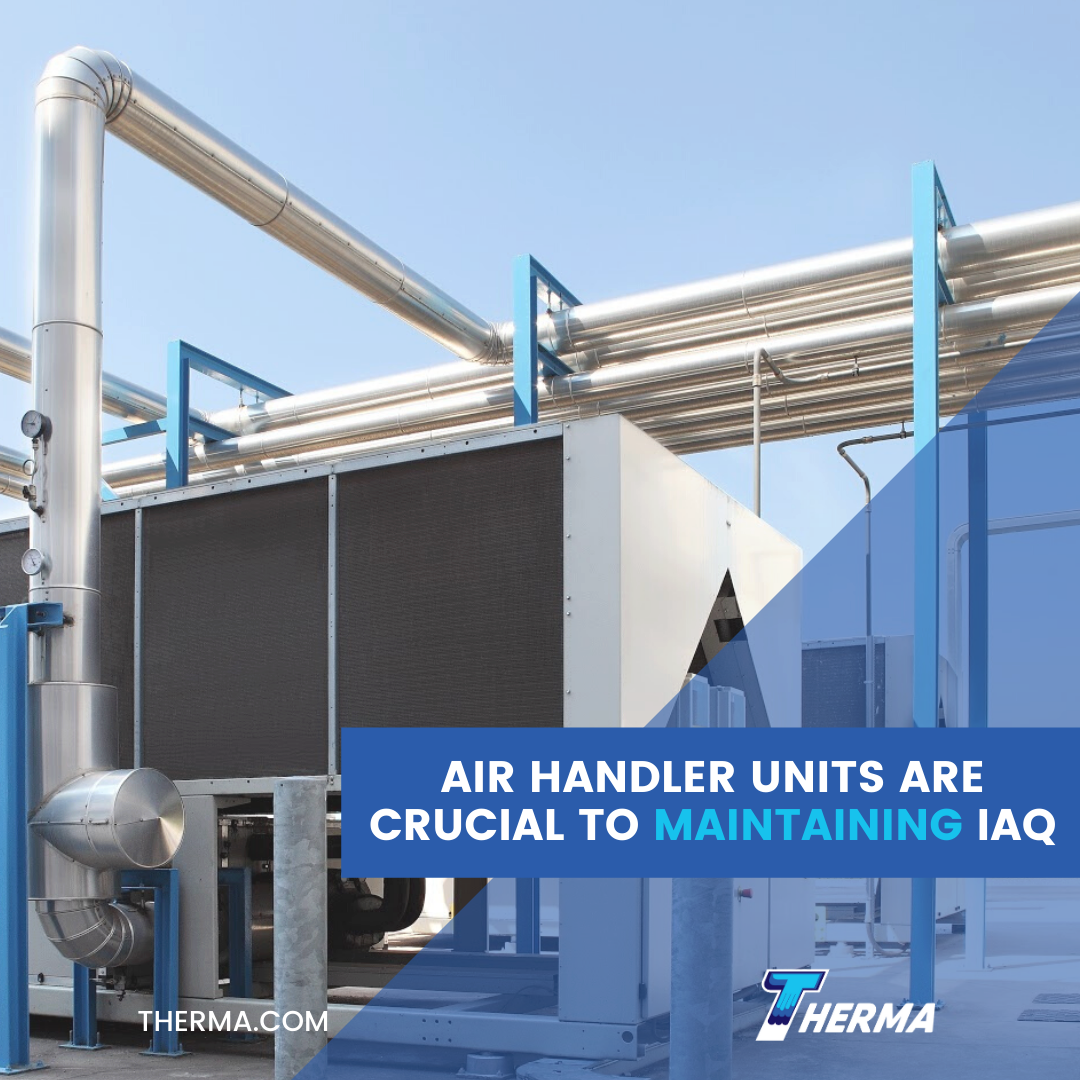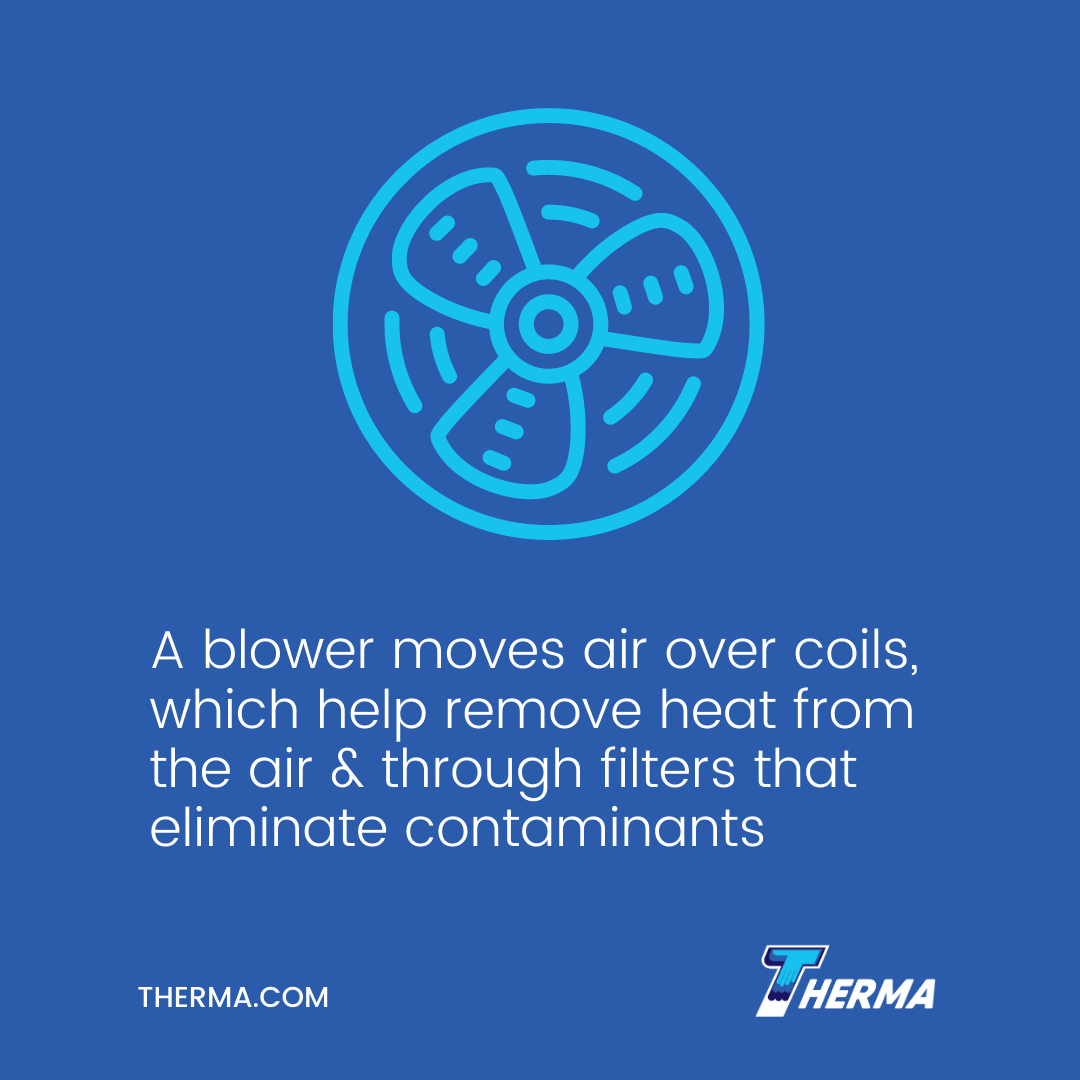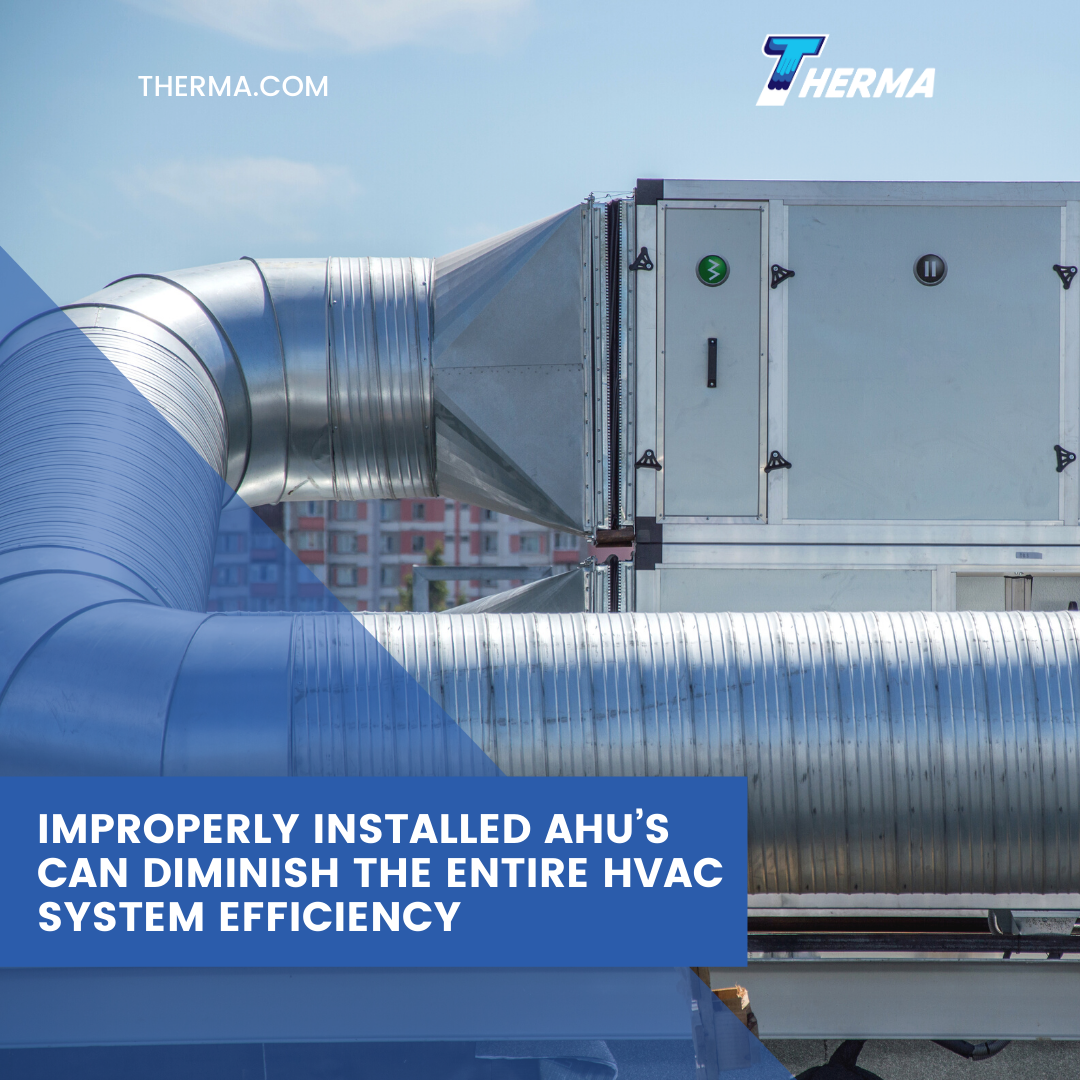Air Handler HVAC Guide – we’re discussing roles, benefits, and use cases. In a modern HVAC system, the air handler is crucial to maintaining indoor air quality (IAQ). If the wrong or improperly installed or maintained air handler is used in an HVAC system, it can diminish the entire HVAC system’s efficiency.
What is an Air Handler?
An air handler is generally referred to as an air handling unit or AHU. It’s design or construction typically starts with a well-insulated metal box, which is tightly sealed to block air from passing through it–except through the installed ducting. An air handling unit’s components can be protected inside the box and may be supplemented with additional specialized parts.
 How Air Handler Functions Within an HVAC System
How Air Handler Functions Within an HVAC System
The air handler conditions and circulates air through the HVAC system. A fan or blower moves air past or over coils, which help remove heat from the air and through filters that eliminate unwanted contaminants.
Use Cases for Air Handlers
A terminal air handler may be extremely simple, with a minimum number of components serving only a single zone. A more complex air handler may have additional components to control humidity and air pressure while serving multiple zones in a building or facility. Smaller AHUs can be located indoors, while larger ones are often relegated to the roof or hung from the side of a building above ground level.
Air Handler Components
The entire air handler is generally composed of three main components: a fan or blower, an air filter and a coil or set of coils.
Blower
The blower can be a single fan or a fan array. It is designed to move air with enough speed and force to flush cooled air through all ducting. In large HVAC systems, there can be additional fans located at key duct points to boost air circulation.
The fan speed can be constant, or a variable air volume (VAV) system used to accommodate different HVAC unit loads. VAV systems are typically used in buildings or facilities with significant cool air usage variances based on time of day or rooms in use.
Filter
The air filter is designed to isolate particulate matter, preventing contaminated air from being blown through the ducting and into various rooms or zones serviced by the HVAC system. Filters must be carefully matched to the system. A poorly paired system and air filter can affect air pressure and even reduce overall HVAC unit efficiency.
During the HVAC design and installation, it’s essential to install a suitable filter, making a note of the type as well as how frequently filters should be changed for maximized cost efficiency and optimal operation. High-velocity filters are typically arranged vertically and low-velocity filters installed in a V-shape.
Coils
The evaporator coils create the air cooling function as the blower pushes the air past them. Coils are filled with refrigerant, which shifts back and forth between a liquid and gas state (moving from the compressor coils to the evaporator coils and back again).
The evaporator coils can be S-shaped or N-shaped, although you might find slab coils in older systems. Cooled water can also be used in place of a liquid/gas refrigerant system. When replacing parts of a split system, the evaporator coil and condensing coil must be appropriately matched.
Different Types of Air Handlers
A draw-through air handler has the fan positioned to pull the air through a mixing box, filter and cooling coil before discharging it from the fan outlet into the ducting system or directly into the space to be conditioned. A blow-through air handler has the fan positioned to push the air through the mixing box, filters and cooling coils before discharging them to the space or the ductwork.
Benefits of Proper Air Handler Selection and Installation
The AHU design should take into account multiple benefits for the HVAC system and the building or facility it services.
Indoor Air Quality (IAQ)
The air filter choice, coupled with air recirculation rate, will determine the IAQ level. Choosing the right filter and the best fan array will provide a high IAQ, preventing contamination from recirculating throughout the building air supply.
Energy Use
Energy efficiency will hinge on fan and coil type used and air handler/compressor compatibility. Matching compressors and air handlers correctly and implementing VAV can provide high-efficiency levels while maintaining low operational costs.
Occupant Thermal Comfort
The unit’s efficiency for removing heat from the building and effectively circulating cooled air will determine how comfortable it is for occupants. Adding components to help manage humidity levels can help provide a higher level of comfort.
Achieving maximum HVAC system efficiency is possible. To find out how you can select the correct AHU for your project, install it and keep it running perfectly, contact the HVAC air handler experts at Therma.









